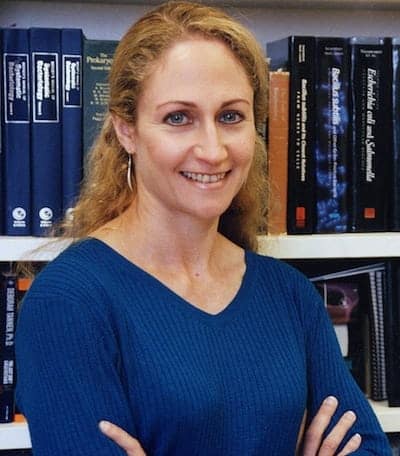On Friday, July 10th, 2015 Jo Handelsman, Ph.D., the Associate Director for Science at the White House, presented on the Precision Medicine Initiative at Jackson Laboratory for Genomic Medicine in Farmington, CT.
President Obama launched the initiative, explaining, “I’m launching a new precision medicine initiative to bring us closer to curing diseases like cancer and diabetes – and to give all of us access to the personalized information we need to keep ourselves and our families healthier.”
Dr. Jo Handelsman emphasized the potential power of precision medicine, “… in the 21st century we will see few elements of medicine that change the way precision medicine will”. One of the reasons is because this initiative focuses on the patients, “patients are partners in both the results and treatment process.”
She was quick to point out that the concept of precision medicine is not new. A perfect example she used was prescription eyeglasses. If a patient has poor eyesight, doctors do not supply a standard pair of eyeglasses, they write a prescription for the specific lenses or contacts they require.
Dr. Handelsman’s presentation answered four main questions:
Why is now a “perfect time” for precision medicine?
- Sequencing is getting cheaper and faster
- Technology for biomedical analysis
- Advances in data science and bioinformatics
- Availability of new data (Electronic Health Records, microbiome etc.)
What is necessary to accomplish precision medicine?
- Cohesion and strategic thinking
- Models of analytic discoveries, practical and math
- Data management featuring one single system
What are the short-term goals of Precision Medicine Initiative?
- Progress and clinical success with cancer genomics
- Design cohorts – tackle diversity
- Build data infrastructure
- Invent platform technology
- Solve Electronic Health Records interoperability challenge
What are the long-term goals of Precision Medicine Initiative?
- Move beyond disease genomics to a broader sense of health multi-omics
- Paradigm shift in medical care toward prevention, diet and lifestyle, less on drugs. Patient involvement in research and care (patients provide a significant role in finding new ways of treating disease)
- Reimbursement based on health outcomes, not volume for all payers
- Healthier Americans
Dr. Jo Handelsman emphasized the importance of having one single system for Electronic Health Records. Ten years ago only 20-30% of physicians were using EHRs, but now over 90% are engaged. She highlighted how much genetic technology has progressed in terms of how much money/time were required for sequencing 10 years ago ($22,000,000/ 2 years) compared to today ($1,000-5,000/less than one day).
Photo: Courtesy of University of Wisconsin-Madison.


